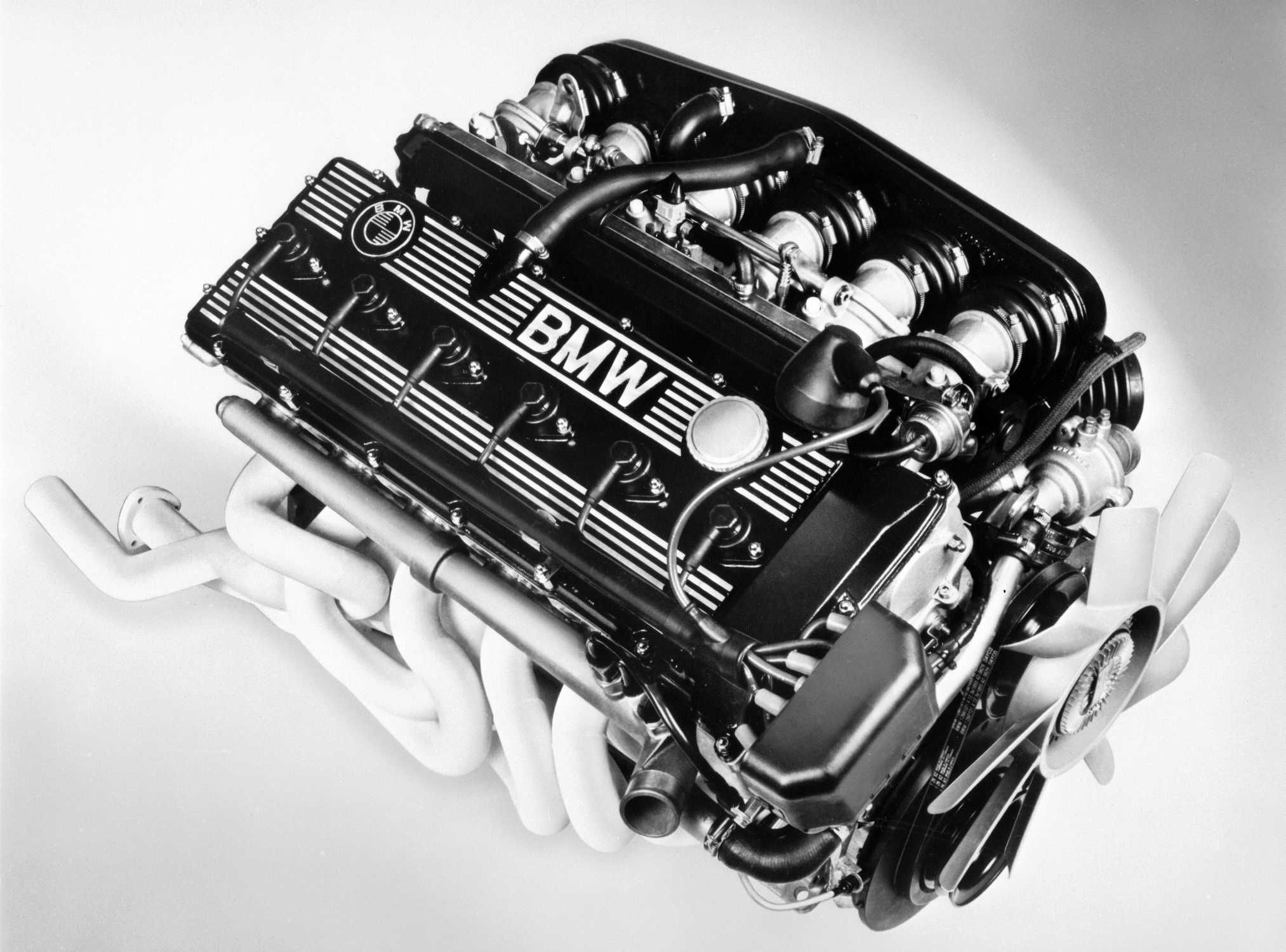Exploring the Development of Burning Engines in Modern Transportation Solutions
As we browse the landscape of contemporary transport, the evolution of combustion engines stands as a testament to human ingenuity and design expertise. From their simple starts to the advanced powerhouses driving automobiles today, burning engines have gone through an impressive trip of advancement and adjustment. Understanding the ins and outs of this advancement not only sheds light on the past yet likewise leads the way for imagining what lies in advance in the realm of transport technology. The interaction of history, innovation, and ecological problems in forming the trajectory of burning engines creates a story that is both compelling and informative.
Early Beginnings of Combustion Engines
Exactly how did the principle of burning engines very first arise in the beginning of transportation growth? The origins of burning engines can be mapped back to the 17th century when the concepts of interior combustion were very first explored. In 1673, Christian Huygens conceived a basic inner burning engine that made use of gunpowder to generate power. It wasn't until the late 19th century that useful applications of combustion engines in transport started to emerge.
The innovation moment featured the innovation of the initial successful gasoline-powered engine by Karl Benz in 1885 - bmw engine. This engine paved the means for the development of the contemporary auto, revolutionizing transport systems worldwide. Succeeding technologies by Nikolaus Otto and Gottlieb Daimler additionally improved combustion engine technology, bring about the mass production of vehicles and the fast development of the transportation industry
These early combustion engines were defined by their simplicity and effectiveness, laying the structure for the complicated and effective engines utilized in contemporary transportation systems. The evolution of combustion engines has contributed in shaping the method we travel and carry products, marking a significant milestone in the background of transportation advancement.
Transition to Internal Burning Innovation
The shift to interior combustion technology noted a critical shift in the evolution of transport systems. This change began in the late 19th century, with creators like Nikolaus Otto and Gottlieb Daimler developing the initial effective interior combustion engines. These engines changed transport by using an extra effective and effective alternative to vapor engines and electrical motors.
One of the key benefits of inner combustion engines was their capacity to be reduced to match lorries, causing the advancement of automobiles and bikes. This change from large, stationary engines to portable, mobile ones paved the way for the modern-day transportation systems we see today.
The change to internal burning innovation additionally spurred developments in fuel technology, bring about the advancement of fuel and diesel as main gas sources for lorries. This shift not just made transportation more obtainable to the masses but additionally laid the foundation for the oil and gas market to come to be essential to international economic climates.
Influence of Combustion Engines on Transportation
The adoption of combustion engines in transport systems militarized a profound change in the efficiency and speed of worldwide mobility. Combustion engines reinvented transport by supplying a functional and reputable resource of power for various cars, consisting of cars, planes, trucks, and ships. This technology considerably improved the ability for products and individuals to relocate over lengthy ranges in much shorter timespan, leading to enhanced connectivity between areas and countries.
Furthermore, the widespread use combustion engines has had a considerable influence on economic development. The ability to transfer Check Out Your URL products successfully has actually stimulated trade and commerce, allowing companies to expand their markets and reach consumers worldwide. This has actually promoted financial development visit and globalization, as items can now be carried quicker and in larger amounts than in the past.
Nonetheless, the ecological effect of combustion engines can not be overlooked. The combustion of fossil fuels has led to air contamination and greenhouse gas discharges, contributing to climate adjustment and posturing health and wellness dangers to populations. bmw engine. Consequently, there is an expanding emphasis on establishing alternative propulsion technologies to minimize these unfavorable effects and create an extra sustainable future for transportation
Advancements in Burning Engine Style
Various advancements in burning engine style have actually thrust the development of transportation systems over the years. One noteworthy innovation is the advancement of turbocharged engines, which use exhaust gases to drive a generator that compresses inbound air, enabling more gas to be burnt, causing enhanced power result without a considerable rise in engine dimension. Additionally, straight injection modern technology has enhanced gas effectiveness and efficiency by precisely regulating the amount and timing of gas injected right into the burning chamber. Variable valve timing systems have actually also reinvented engine design by enhancing air movement at different engine speeds, boosting both power and efficiency. An additional significant improvement is the integration of lightweight products such as carbon fiber and light weight aluminum alloys, decreasing general engine weight and boosting vehicle fuel economic situation. Furthermore, innovations in computer-aided design have allowed designers to optimize engine performance and effectiveness with simulations prior to physical models are built, saving time and resources in the blog development process. These advancements jointly add to the continual renovation of burning engines in modern-day transport systems.
Future Trends in Burning Engine Development
With innovation advancements driving constant innovation, the future of burning engine growth is poised to change transportation systems around the world. One of the essential fads in burning engine development is the press towards higher performance and reduced emissions.
One more noticeable trend is the fostering of crossbreed technologies in combustion engines. Hybrid engines integrate standard combustion modern technology with electric power, supplying improved fuel performance and reduced exhausts. As the automotive market changes in the direction of electrification, hybrid combustion engines are seen as a transitional remedy that bridges the gap between traditional lorries and fully electric ones.
Additionally, the assimilation of smart technologies, such as expert system and information analytics, is anticipated to play a substantial role in the future of combustion engine development. These innovations can enhance engine performance in real-time, bring about extra efficient combustion processes and enhanced overall vehicle performance. Embracing these future trends will not only drive innovation in combustion engine development but also contribute to a more sustainable and environmentally pleasant transport environment.

Conclusion
In verdict, the advancement of burning engines in contemporary transportation systems has actually been noted by considerable improvements in innovation and design. From the very early starts of combustion engines to the transition to internal burning innovation, these engines have had an extensive effect on transportation.
The origins of burning engines can be traced back to the 17th century when the concepts of interior combustion were initial explored. These engines transformed transportation by using a much more efficient and effective option to steam engines and electrical motors.
